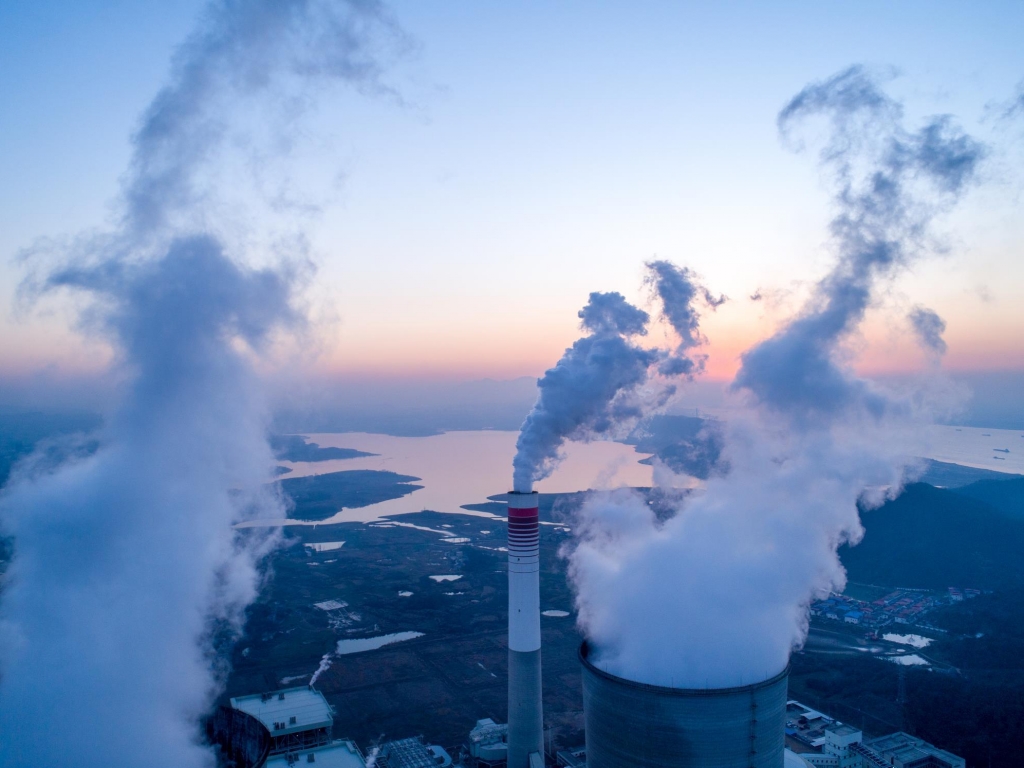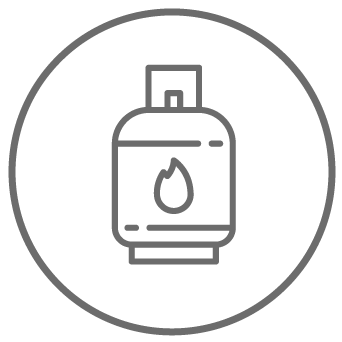Atmospheric emissions in Italy - Data
09 Dicembre 2021

The trend of greenhouse gas emissions in Italy in the last 28 years is positive and the 2018 emissions decreased by 17% compared to 1990, going from 516 and 428 million tons of CO2. This is a phenomenon linked to the growth of energy production from renewable sources and the increase in energy efficiency in industry.
Emissions are also decreasing in agriculture and today 80% of greenhouse gases come from livestock farming and from the use of synthetic fertilizers. Emissions from road transportation are also dropping by 60 %, according to the National Inventory Report 2020 and the Informative Inventory Report 2020.
Emissions data in 2018 compared to 1990
Solvent use is the largest source of emissions, although it has been decreasing by 41% from 1990, and half of the national climate-impacting emissions come from the energy production and transportation sectors, up 2% from 1990 particularly for road transport.
Emissions from the residential and services sector also increased, with a 6% growth and driven by methane consumption, while emissions related to industrial processes decreased by 14.2%, thanks to the strong reduction of nitrous oxide and the adoption of technologies for the abatement of emissions in the production of nitric and adipic acid. Finally, emissions from waste treatment increased by 5.6%, although a decrease is expected thanks to separate waste collection.
As for the emissions from agriculture and livestock, this is a sector that sees 7% of total greenhouse gas emissions, equal to 30 tons of CO2 equivalent, but the value has decreased by 13% since 1990 due to the reduction in the number of animals, agricultural areas and production, synthetic fertilizers and changes in the method of manure management. Ammonia emissions from agriculture are also down 23%, due to a decrease in farmland and acreage and the spread of emission reduction techniques.
Greenhouse – Meaning, cause and effects
The term greenhouse effect refers to a natural phenomenon that involves the presence in the atmosphere of gases such as CO2, methane and ozone that retain incoming solar radiation and in itself is not a negative phenomenon. The positive consequence of the natural greenhouse effect is the creation of a mild and positive climate for life, if we respect the right amount and percentage of greenhouse gases present in the atmosphere.
Human activity becomes, in fact, responsible for the increase of gases in the atmosphere with negative effects on climate due to industrialization and excessive use of fossil fuels such as coal, oil and natural gas that lead to a significant emission of CO2. The main consequence is the change of the Earth's climate with global warming and extreme phenomena brought by the melting of glaciers, rising sea levels and increasing temperatures, resulting in hurricanes, floods and fires.
Greenhouse gases and sustainable hydrocarbons
Greenhouse gases refers to gases in the atmosphere that are capable of trapping infrared radiation from the sun, which strikes the earth and is emitted by the earth's surface, atmosphere, and clouds. This process is known as the greenhouse effect and can be verified by spectroscopic analysis in the laboratory.
Greenhouse effect and Kyoto Protocol
In order to reduce the greenhouse effect, countries have agreed on the Kyoto Protocol is an international treaty on environmental issues concerning global warming, published on December 11, 1997 in the Japanese city of Kyoto at the Conference of the Parties "COP 3" of the United Nations Framework Convention on Climate Change (UNFCCC).
In the period 2008-2012, the countries involved committed to reducing greenhouse gas emissions by 5% compared to 1990 and by 8% for the countries of the European Union. Subsequently, for the period 2013-2020, the commitment was to reduce greenhouse gases by a further 18% compared to 1999, with the EU and Iceland raising this figure to 20%.
Under the Protocol, countries are required to take domestic action to meet agreed targets, including through the following mechanisms:
- emissions trading among Parties that have signed the Protocol
- joint implementation of projects by these Parties
- Clean Development Mechanism (with Parties that have not signed the Protocol)
Under the protocol, the actual emissions of the parties are monitored and accurate records on trade are kept.
At the same time, the European Commission publishes an annual activity report that provides information on the progress made by the Union and its member states toward meeting their greenhouse gas emission targets.
In order to achieve the targets set by the Kyoto Protocol, it is important to focus on sustainable gases such as hydrocarbons, produced by Settala Gas for various uses in many industrial sectors and areas of daily life. This is an epoch-making change, but one that can increase the environmental sustainability of companies, reduce pollution and greenhouse gas emissions: an important process to safeguard life on Earth and in which everyone must play their role.
Contact us for more information about the world of hydrocarbons!
Contact us
Last News




